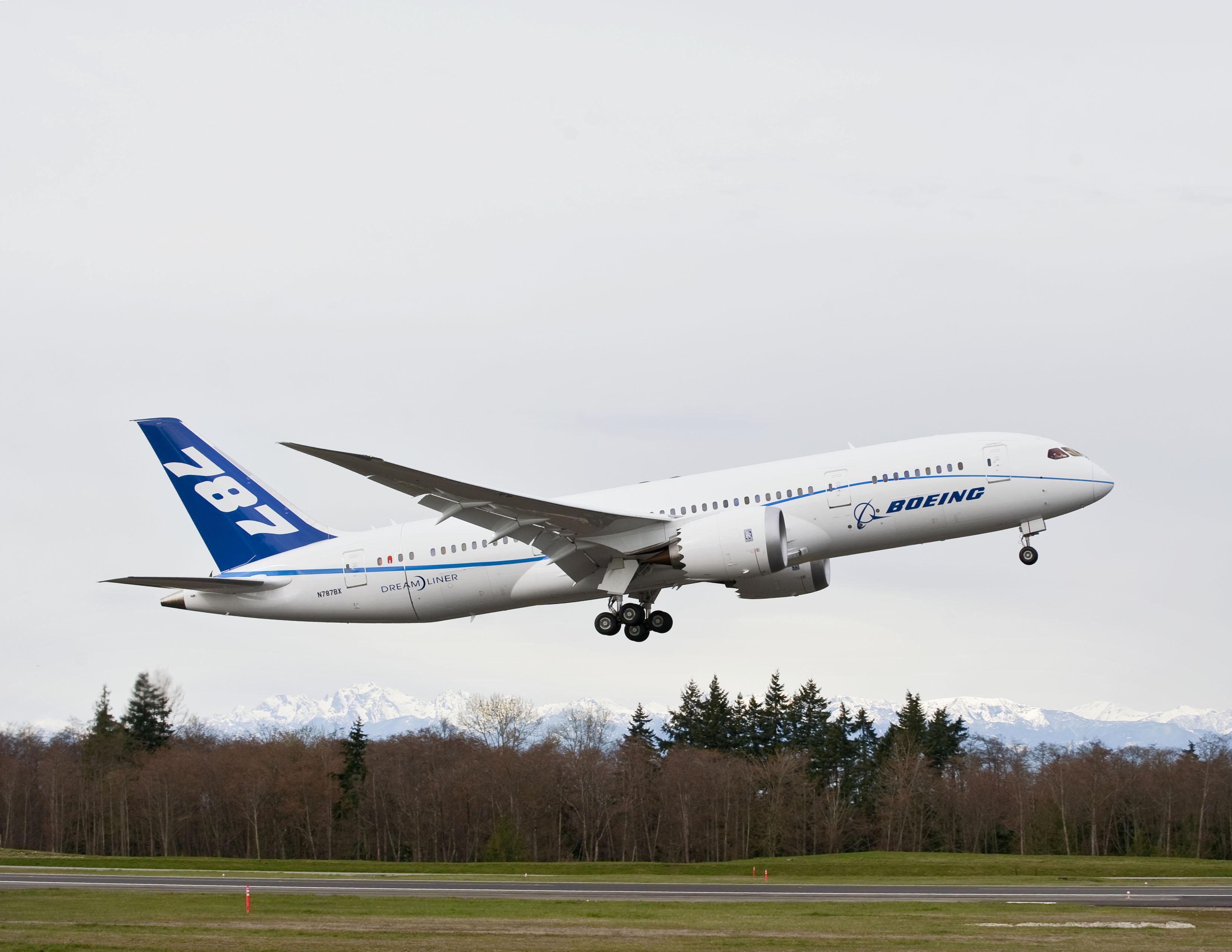
With the announcement this week of a Boeing 787 teardown, which will be the fourth 787 teardown, this Flight Friday looks at 787 utilization split out by 787-8, -9, and -10.
There are currently seven retired 787s, all of them the 787-8s, as they were first to market. Three of these retirements are on display separately at the Museum of Flight in Seattle, the Pima Air and Space Museum in Tucson, Arizona, and the last one is on display in Nagoya, Japan.
Of the remaining aircraft, three have been torn down, and the latest announcement of the impending teardown of 787-8 line number 17 will be the fourth.
The 787 utilization has remained reasonably robust over the last five years. With greener credentials, operators were happy to utilize the aircraft after the pandemic outbreak. By early 2023, 787-8 utilization was at similar levels to 2019 and accounted for 38% of all 787 flights during 2023, and a little over a third of total flight hours. With a little over 40 787-8s currently on order, the 787-8 is coming close to its peak, 13 years after the first 787-8 was delivered to All Nippon Airways.
The 787-9, first introduced into service in 2014, is the workhorse of the fleet, with the highest installed in-service fleet. The 787-9 completed 53% of all 787 flights in 2023, which accounts for almost 60% of total flight hours. With over 600 still on order (which is around 75% of the outstanding 787 orderbook), the 787-9 shall continue to be the workhorse of the 787 fleet.
The 787-10, the latest type, has the smallest in-service fleet, with deliveries not starting until 2018, therefore accounting for less than 10% of total flights. However, the 787-10 still has a healthy orderbook of 170+ aircraft, 20% of the outstanding 787 orderbook.
This data was put together using Aviation Week’s Tracked Aircraft Utilization tool.





